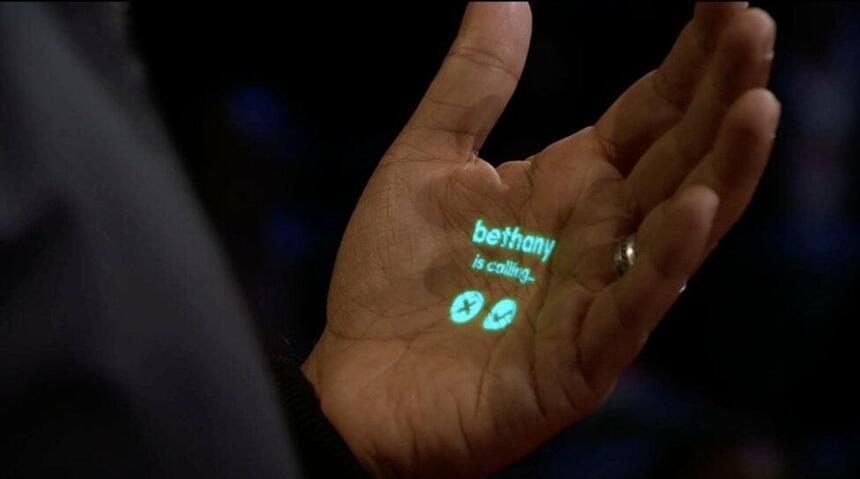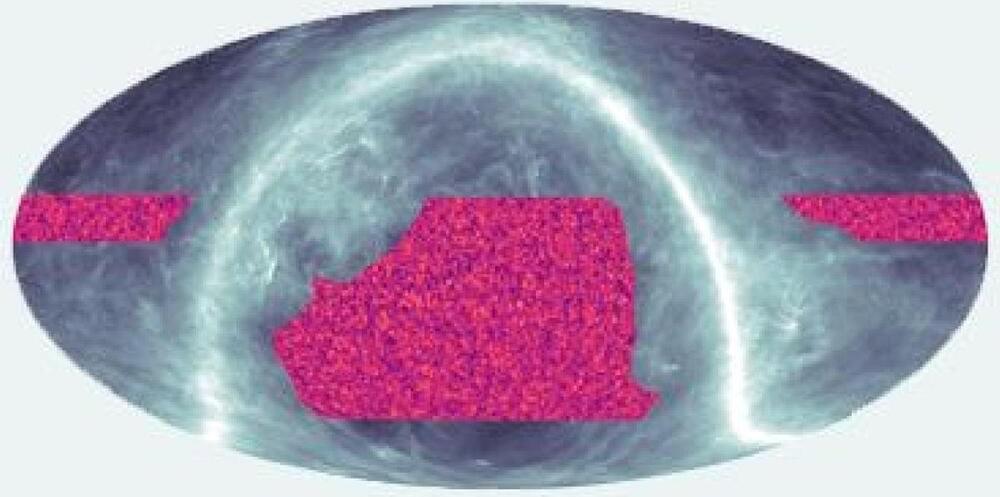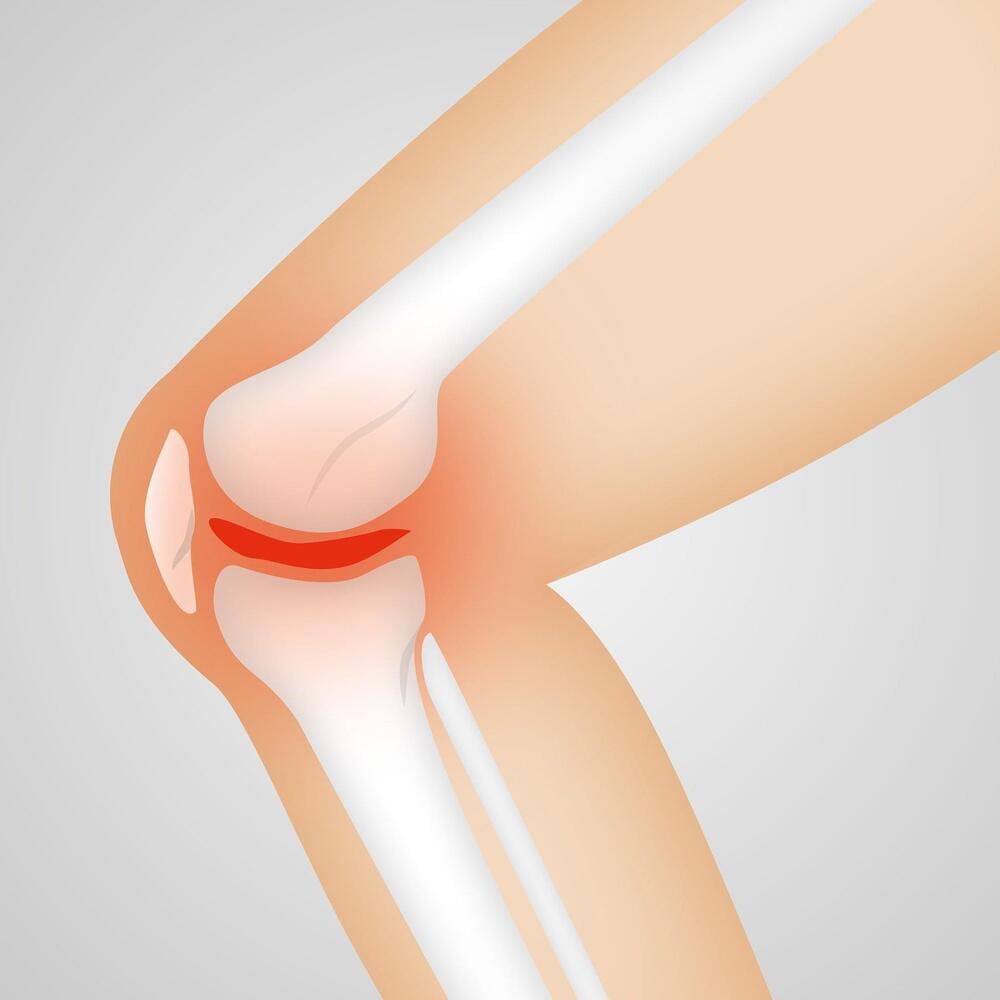Humane’s device swap smartphones for a wearable that contains a projector.



Mini GPT 4 has visual understanding abilities to carry out reasoning from pictures and complete numerous next gen AI tasks all before OpenAI releases their own visual modality. Nvidia unveils next gen text to video artificial intelligence model that can be customized.
Deep Learning AI Specialization: https://imp.i384100.net/GET-STARTED
AI Marketplace: https://taimine.com/
Try Mini GPT 4 here: https://minigpt-4.github.io/
AI news timestamps:
0:00 Mini GPT 4 AI
3:13 Model architecture.
5:06 Nvidia text to video.
#ai #future #tech
This group might appreciate this new show about fighting the AI overlord, lol:
Mrs. Davis is streaming April 20th on Peacock: https://pck.tv/3IMMtIP
Synopsis: “Mrs. Davis is the world’s most powerful Artificial Intelligence. Simone is the nun devoted to destroying Her. Who ya got?
#Peacock #MrsDavis #OfficialTrailer.
About Peacock: Stream current hits, blockbuster movies, bingeworthy TV shows, and exclusive Originals — plus news, live sports, WWE, and more. Peacock’s got your faves, including Parks & Rec, Yellowstone, Modern Family, and every episode of The Office. Peacock is currently available to stream within the United States.
Live from the Center for Future Mind and the Gruber Sandbox at Florida Atlantic University, Join us for an interactive Q&A with Yudkowsky about Al Safety! El…

And it could fly to orbit, in only one launch, by the early 2030s.
European aerospace giant Airbus has just revealed a new concept space habitat called LOOP. The 26-foot-wide (8 meters) multi-purpose orbital module will feature three customizable decks, all of which will be connected by a tunnel overlooking a space greenhouse.
In a press statement, Airbus said its new space station design could accommodate up to eight crew members, and it could be deployed to orbit, in only one launch, by the early 2030s.
Airbus.
The 26-foot-wide (8 meters) multi-purpose orbital module will feature three customizable decks, all of which will be connected by a tunnel overlooking a space greenhouse.
In Silicon Valley, some of the brightest minds believe a universal basic income (UBI) that guarantees people unrestricted cash payments will help them to survive and thrive as advanced technologies eliminate more careers as we know them, from white collar and creative jobs — lawyers, journalists, artists, software engineers — to labor roles. The idea has gained enough traction that dozens of guaranteed income programs have been started in U.S. cities since 2020.
Yet even Sam Altman, the CEO of OpenAI and one of the highest-profile proponents of UBI, doesn’t believe that it’s a complete solution. As he said during a sit-down earlier this year, “I think it is a little part of the solution. I think it’s great. I think as [advanced artificial intelligence] participates more and more in the economy, we should distribute wealth and resources much more than we have and that will be important over time. But I don’t think that’s going to solve the problem. I don’t think that’s going to give people meaning, I don’t think it means people are going to entirely stop trying to create and do new things and whatever else. So I would consider it an enabling technology, but not a plan for society.”
The question begged is what a plan for society should then look like, and computer scientist Jaron Lanier, a founder in the field of virtual reality, writes in this week’s New Yorker that “data dignity” could be an even bigger part of the solution.

SpaceX launched a fully integrated Starship launch vehicle for the first time on Thursday morning, a long-awaited and highly anticipated milestone in the vehicle development program.
The orbital test flight surpassed many expectations. The vehicle cleared Max Q – the point at which the most aerodynamic pressure is exerted on the vehicle – and flew for nearly three minutes despite eight of its 33 rocket engines failing. The rocket reached an altitude of almost 40 kilometers, the point of stage separation, at which time the upper stage failed to separate from the booster, leading to uncontrolled tumbling and a spectacular midair explosion.
Despite its fiery fate, the test was a success: SpaceX got tons of valuable data that will inform future Starship and Super Heavy prototypes. But for all the wins, the test was a stark reminder that Starship mission timelines are in need of a reset.

Using an organ from a donor who underwent cardiac death, Stanford Medicine surgeons transplanted a heart while it was beating—the first time such a procedure has been achieved.
Initially performed by Joseph Woo, MD, professor and chair of cardiothoracic surgery, and his team in October, the technique has since been used in adult and pediatric patients five more times by surgeons at Stanford Medicine.
Stopping the heart before implantation can damage the cardiac tissue, so keeping it beating during transplantation avoids further injury to the organ.

Wake Forest Institute for Regenerative Medicine (WFIRM) scientists have created a promising injectable cell therapy to treat osteoarthritis that both reduces inflammation and also regenerates articular cartilage.
Recently identified by the Food and Drug Administration as a public health crisis, osteoarthritis affects more than 520 million people worldwide who deal with pain and inflammation. Osteoarthritis is typically induced by mechanical or traumatic stress in the joint, leading to damaged cartilage that cannot be repaired naturally.
“Without better understanding of what drives the initiation and progression of osteoarthritis, effective treatment has been limited,” said lead author Johanna Bolander of WFIRM. “Initially, we studied what goes wrong in osteoarthritic joints, compared these processes to functional environments, and used this information to develop an immunotherapy cell treatment.”